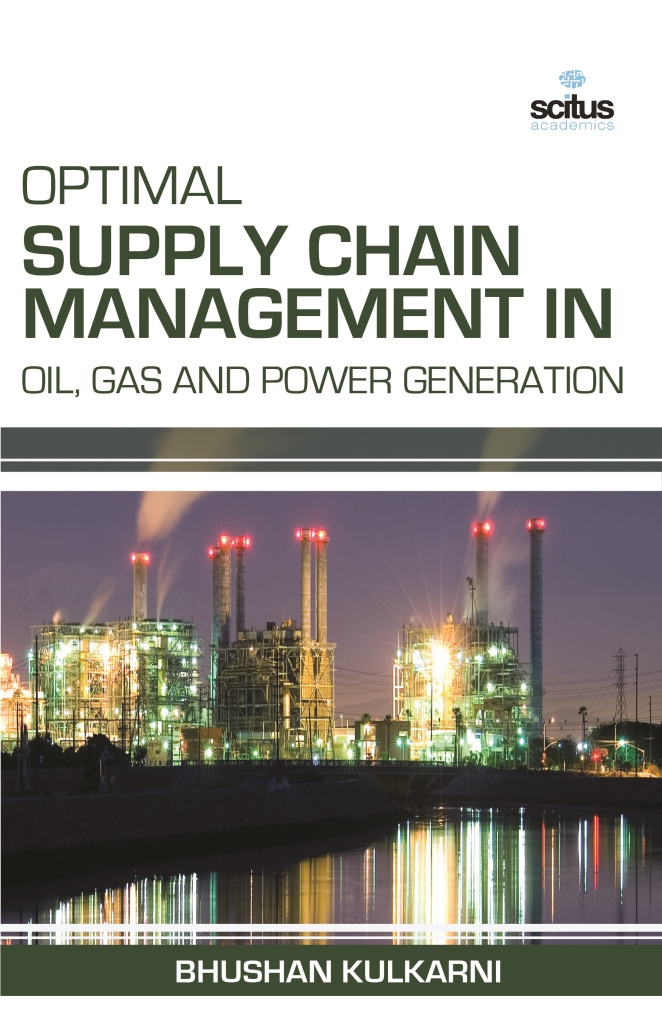This book discussed on a toolbox for large-scale capital expenditure decision making and for transforming capital and operation expenditures to exert a visible financial impact in oil, gas, and power companies. Drilling and production was concentrated over only a few geographical areas, and refining was done at small-scale refineries. In the 1930s in Saudi Arabia, workers crushed minerals by hand to create drilling mud.
The California-Arabian Standard Oil Company initially employed Bedouin tribes to guard their fields and supply lines, transitioning as its operations expanded to government police and eventually to private security. In 1938, before the advent of domestic refining capacity and regional pipelines, Saudi Arabia exported crude by barge to Bahrain. By the 1940s, tanker trucks were transporting oil from the production site to refineries. Each held 40-SO barrels, compared to 120-215 barrels for tanker trucks today. Pipelines were also used, but they were not the main mode of transportation.













